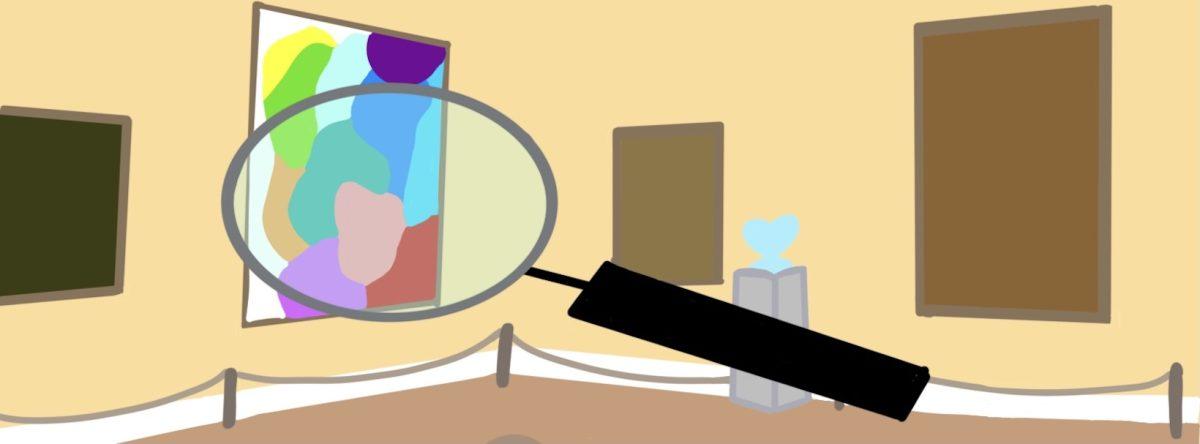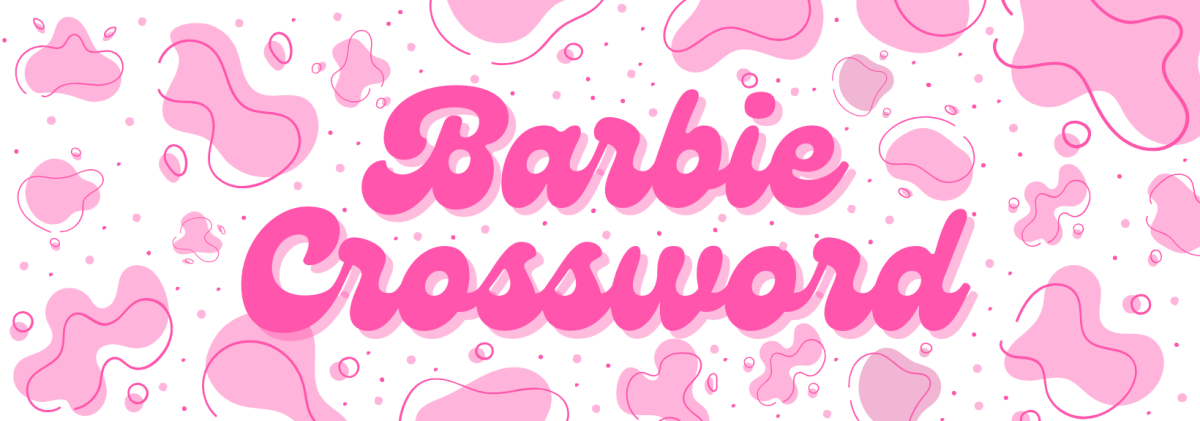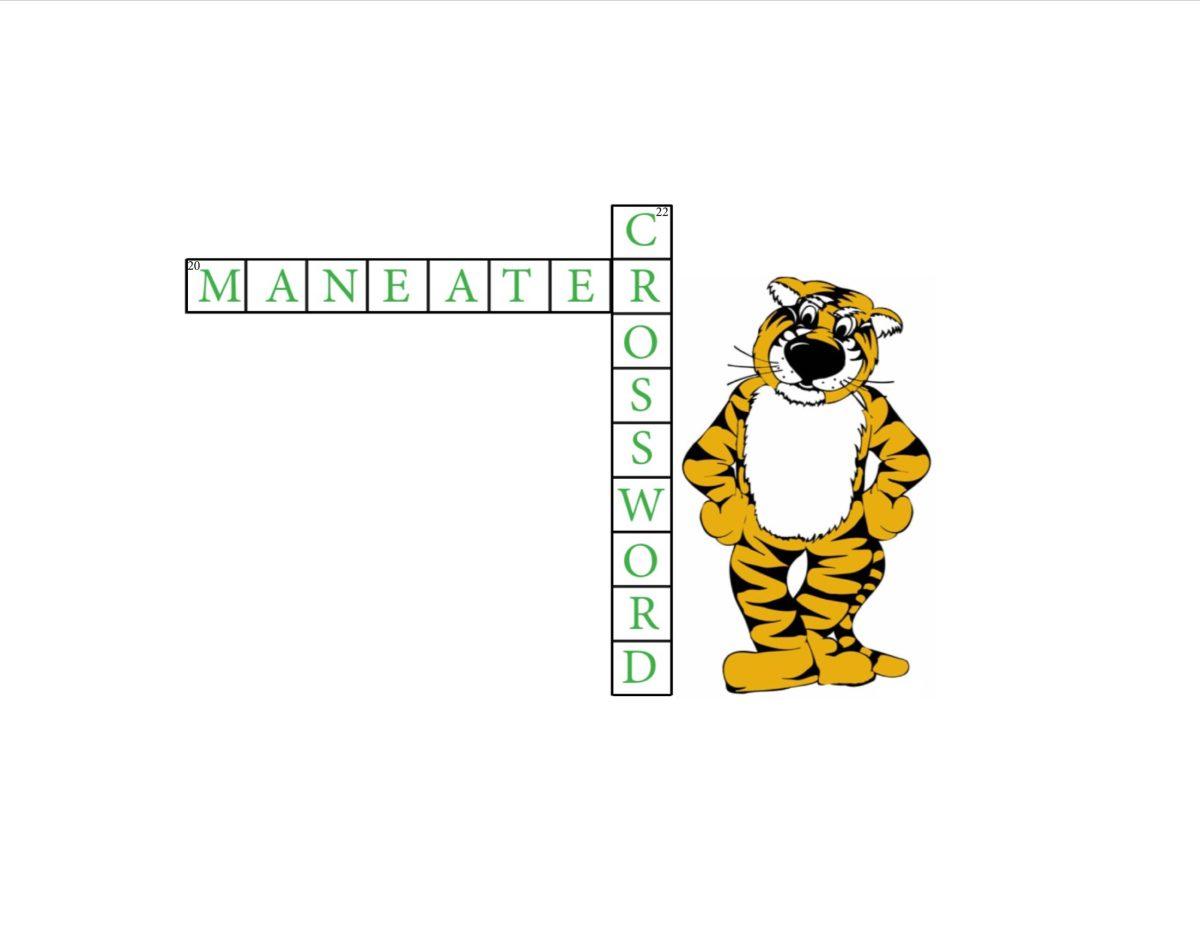Listen here: https://www.youtube.com/watch?v=L0MK7qz13bU
The snow glows white on the mountain tonight
Not a footprint to be seen
A kingdom of isolation
And it looks like I’m the queen
Elsa starts with an obvious reference to the Sisyphus myth by referencing going up an isolated mountain. Sisyphus, in Greek Mythology, is a character doomed to forever push a boulder up an isolated mountain. The myth is used in many branches of philosophy as a symbol of life’s meaningless, and whether meaning can be created from this emptiness. In doing so, Elsa lays the groundwork for the existentialist themes of the song. Sisyphus pushing the rock is meaningless, just like Elsa’s discovery regarding existence. At the same time, she has realized that she alone must deal with the existential dread she is feeling –– she is the queen in her kingdom of isolation.
The wind is howling like this swirling storm inside
Couldn’t keep it in, heaven knows I’ve tried
Don’t let them in, don’t let them see
Be the good girl you always have to be
Conceal, don’t feel, don’t let them know
Well, now they know
The swirling storm can be taken as a symbol of existential dread, also known as angst, swelling up inside the individual. Angst is linked to the responsibility of existence — that you alone are responsible for your life. Elsa clearly feels these responsibilities weighing her down when she conceals her feelings and tries to live up to society’s expectations for her.
Let it go, let it go
Can’t hold it back anymore
Let it go, let it go
Turn away and slam the door
I don’t care what they’re going to say
Let the storm rage on
The cold never bothered me anyway
Existential philosophers invite us to “dive into the abyss.” This means accepting that individuals are responsible for creating meaning in life. This acceptance doesn’t come easily — one must throw oneself into the abyss where it’s unclear what will happen. Though scary, this confrontation of the initial meaninglessness of life is essential to creating your own meaning. Until this point, Elsa has felt weighed down by the dread and responsibilities of her existence. But now she knows that is not sustainable. Instead, she must take charge of creating her own meaning out of the meaninglessness that has hit her so far (her parents dying, being left with a burden of royal responsibility, being born with a curse, etc.) She is ready to let all that go and dive into the unknown.
It’s funny how some distance makes everything seem small
And the fears that once controlled me can’t get to me at all
It’s time to see what I can do
To test the limits and break through
No right, no wrong, no rules for me
I’m free
A doctrine of existentialism is the intersubjectivity that is inherent in existence. This means that existence is shared by more than one conscious mind. In other words, you are not alone in this world. This intersubjectivity can be understood as a relationship between two individuals — I and thou — but in the context of “Let it Go,” it is better understood as an impersonal relationship between the anonymous mass (the Kingdom of Arendelle who sees Elsa only for her function) and the individual (Elsa). The individual is deprived of authentic communication with the other, which adds to the angst and knowledge of life’s meaninglessness. But after diving into the abyss, Elsa has let this go and is ready to create her own life experience where there is no right or wrong. After all, how could there be any right or wrong in a world without meaning?
Let it go, let it go
I am one with the wind and sky
Let it go, let it go
You’ll never see me cry
Here I stand and here I stay
Let the storm rage on
When Elsa claims to be “one with the wind and sky,” we see how she conforms to monocategorical ontology. Ontology is the “study of being,” which is essential to existentialists. Monocategorical ontologists believe that there is only one category of existing entities.
My power flurries through the air into the ground
My soul is spiraling in frozen fractals all around
And one thought crystallizes like an icy blast
I’m never going back, the past is in the past
Again Elsa is connected to symbols of nature, leading our thoughts to the nature of man. This, in the existentialist view, is the fact that man has no inherent nature. Nature is to choose your own nature. Elsa chooses her own nature when she leaves “the past in the past” and embarks on a new adventure, where she has the freedom to make her own choices. Leaving the past behind can also be a reference to disregarding determinism, which had been a philosophical framework since the 7th century BCE. Existentialists oppose the determinist ideas of man having a predetermined path in life — instead, man has free will and the accompanying responsibilities .
Let it go, let it go
When I’ll rise like the break of dawn
Let it go, let it go
That perfect girl is gone
Here I stand in the light of day
Let the storm rage on
The cold never bothered me anyway
One of the leading philosophers of existentialism, Jean-Paul Sartre, said “Life begins on the far side of despair.” Throughout “Let It Go,” Elsa has confronted the dread of her existence. She is burdened with responsibilities, has no authentic interpersonal relationships and has a life with no inherent meaning. But she has been brave enough to throw herself into the abyss. She has let all the bonds go that made her cling onto life and try to pull meaning from it. Now she has realized that she is the creator of her own life’s meaning and is ready to conquer life. She has turned around the emptiness that characterizes her life like it characterized Sisyphus’ –– the cold, deep meaninglessness doesn’t bother her.
Edited by Ever Cole | [email protected]





